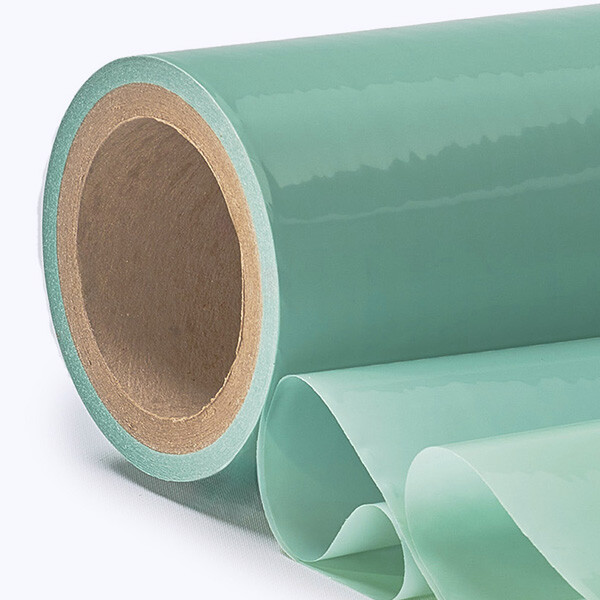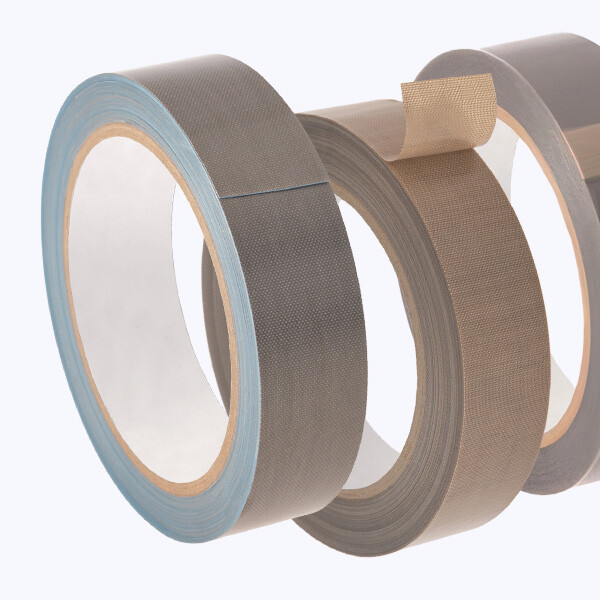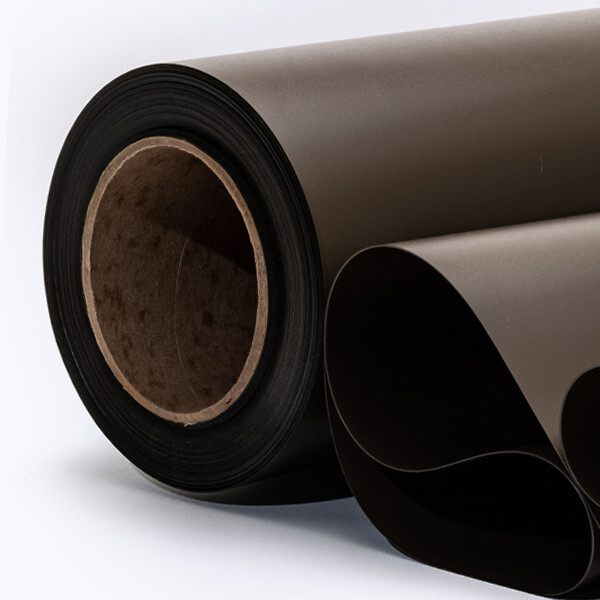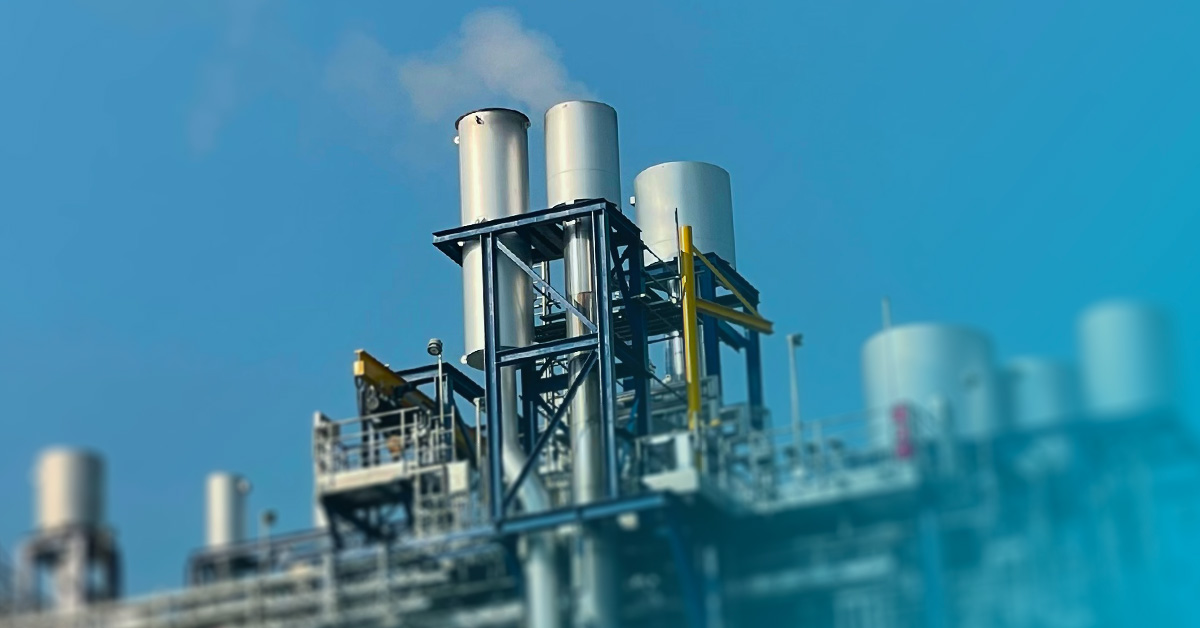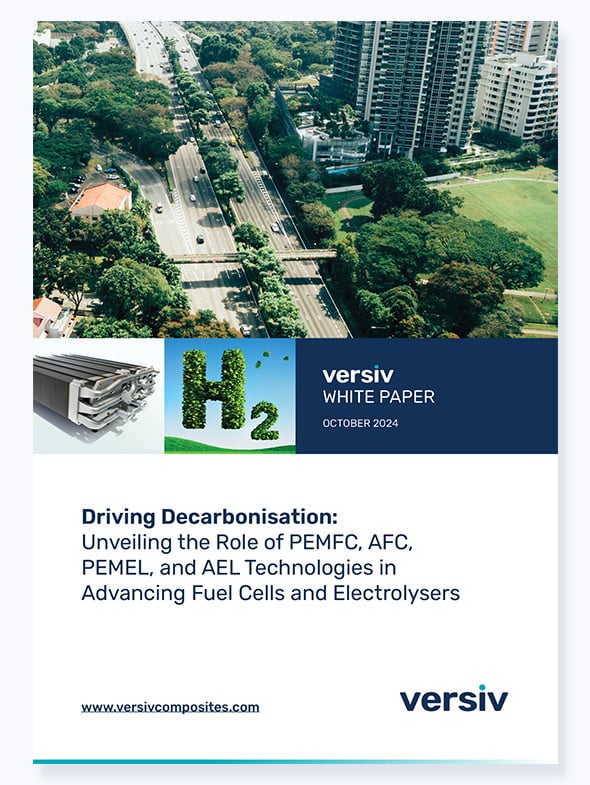
Early inclusion of gaskets in the overall design of fuel cell and electrolyser apparatus was presented as a key topic of discussion at the recent P2X Conference in Frankfurt, Germany.
Speaking at the pre-Christmas event, Frank Sonnenschein, Global Business Development Manager at Versiv Composites, told the audience of hydrogen fuel cell and general power industry professionals of the importance of considering gaskets early in the design process.
“If they would consider gaskets as worthy of spending time on earlier in the process, we could codevelop and help customers avoid unnecessary costs.”
“80 per cent of the costs is set in the first 20 per cent of the project -so each minute you spend in that first phase is essential. It is worth considering gasketing as a major challenge at the developmental stage. Very often, the design is fixed, and it is later that people think about the gasket, with precise specifications on fitting, minimum and maximum thicknesses, and temperature capacities. If they would consider gaskets as worthy of spending time on earlier in the process, we could codevelop and help customers avoid unnecessary costs.”
“For example, often the radius is of little interest in terms of the whole fuel cell but for a gasket it can be a key detail and can require a massive effort to make a tool work in the way it is required if left out of initial discussions. Having the gasket tool design conversation can save a lot of resource and costs,” he added during his presentation, ‘Gasketing: challenges while upscaling’, at a conference session dedicated to safety and components in power technology.
Potential for fuel cell industry to seize full opportunity
Choosing the right gasket is dependent on applications. Elastomers and silicone materials are considered ideal for tight sealant properties, however fluoropolymer-based materials, such as gasket films or PTFE coated films perform better where materials must withstand temperature extremity or chemicals. Also, at stake at planning phase is recycling and waste prevention.
The development of fuel cell technology is seen as integral to the decarbonisation of the world’s energy sector and is recognised as a huge opportunity by the many new and existing entrants to the space. Sonnenschein points out that currently 1.1 megatonnes of hydrogen are being produced per annum but by the end of the decade this will have to reach and exceed 10 megatonnes to sustain the industry’s forecasted input into global power generation. For those providing apparatus around fuel cell development, down to those producing bolts and gaskets, there are quantifiable targets that need to be reached, if the sector is to optimise its input.
The key message from the presentation is for all stakeholders to seize the full opportunity by being more attentive to these behind-the-scenes materials, and not squander earnings later on when upscaling to meet inevitably growing demand.
“Every engineer has a part to play in the package – you design for manufacture and design for maintenance – the best design is worth nothing if you can’t produce it properly and if you can’t maintain it once it is in use.”
Versiv multi-material composites work as industry-leading protection and barrier solutions when used as cells, seals, and separators within hydrogen fuel cells and electrolysers. Versiv films and fabrics increase membrane electrode assembly efficiency and help manufacturers achieve reduced stack height, high-speed decal productivity, and thinner, more homogenous catalyst layers.
Meanwhile Versiv films enhance the performance of fuel cells, irrespective of the most stressful and challenging conditions, including working at high pressures and temperatures of up to 300˚C (572˚F) and in harsh chemical environments. By helping to maximise fuel cell performance and longevity, the company’s solutions are contributing to their wider usage, both as components and as process aids.



